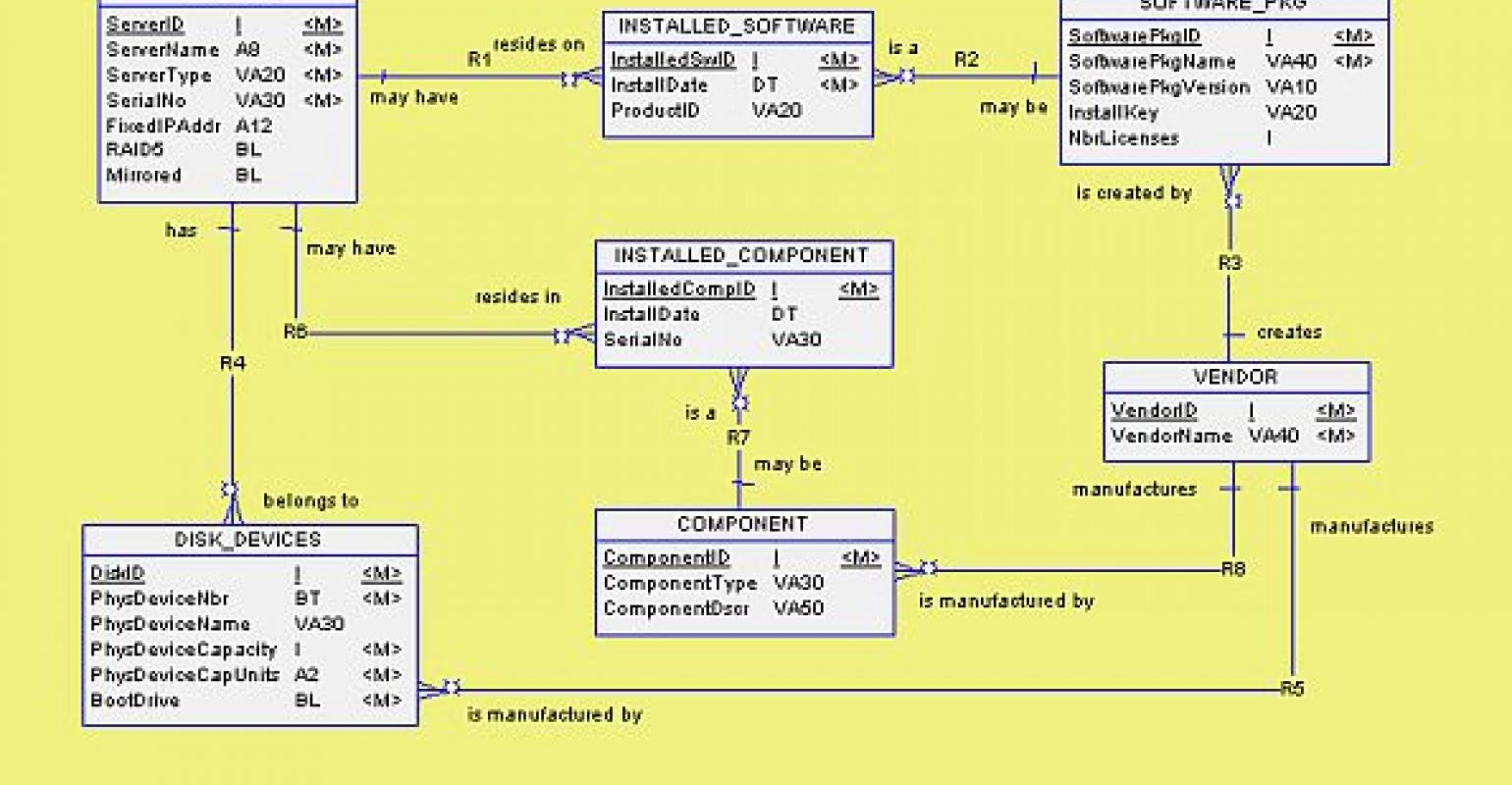
The end result typically is a system that is MUCH more difficult to debug, maintain, and full of data consistency problems. Try and conceptualize writing the code for ANY sort of constraint and you'll see what I mean. It's the "roach motel" of database designs - data goes in, but it's almost impossible to get it out. most have found that they chase "infinite" flexibility and instead end up with much, much less than that. Select an entity from the Insights Application section to get the list of Customer Insights entities and their definitions.What you are proposing is not new. View entities in the Common Data Model Entity Navigator. View entities using the Common Data Model Entity Navigator Members participating in a given segment.įor more information, see the documentation about the Customer Insights entity schemas in Common Data Model. To establish a 360-degree view of the customer and make Customer Insights models available in Common Data Model for extensibility, we've published the following entity schemas: EntityĪn activity performed by a user that has observational value to the business.Ī person or organization that either performed, or has the potential to engage in, business activities.ĭefinition of KPIs partitioned by zero or more dimensions (such as Monthly Active Users, Total Spend By Customer, Average Customer Acquisition Cost)ĭefines a group of members with common traits. It's already supported in Microsoft Dataverse, Dynamics 365, Power Apps, Power BI, and upcoming Azure data services, directly accruing value towards the Open Data Initiative. Multiple systems and platforms implement the Common Data Model today, including Power BI dataflows and Azure Data Services.

A large system of internal and external partners contributes industry-specific concepts to Common Data Model. It originated from Dynamics 365 apps and is open-sourced on GitHub with over 260 standard entities.

Common Data Model includes a rich metadata system with standard entities, relationships, hierarchies, traits, and more.


This shared data model allows applications and data integrators to collaborate more easily by providing a unified definition of data. Anyone can build on and extend Common Data Model definitions to capture additional business-specific ideas. Common Data Model provides well-defined, modular, and extensible business entities-such as Account, Business Unit, Case, Contact, Lead, Opportunity, and Product-as well as interactions with vendors, workers, and customers-such as activities and service level agreements. This model is being extended to observational and analytical data as well. Common Data Model is a declarative specification, and a definition of standard entities that represent commonly used concepts and activities across business and productivity applications.


 0 kommentar(er)
0 kommentar(er)
